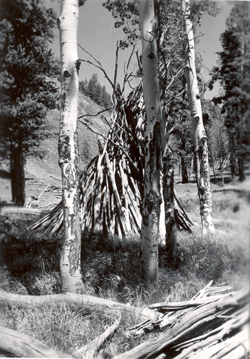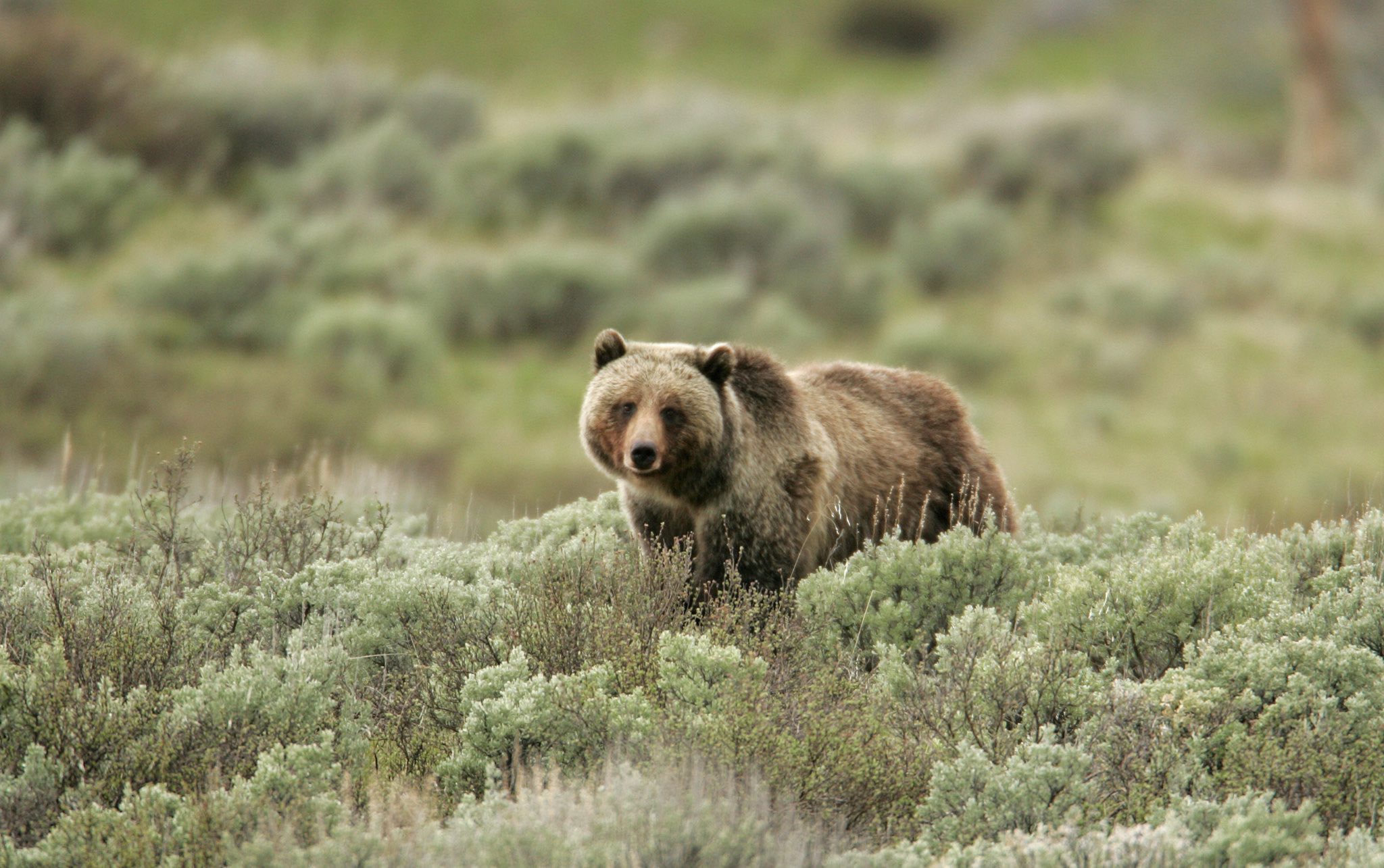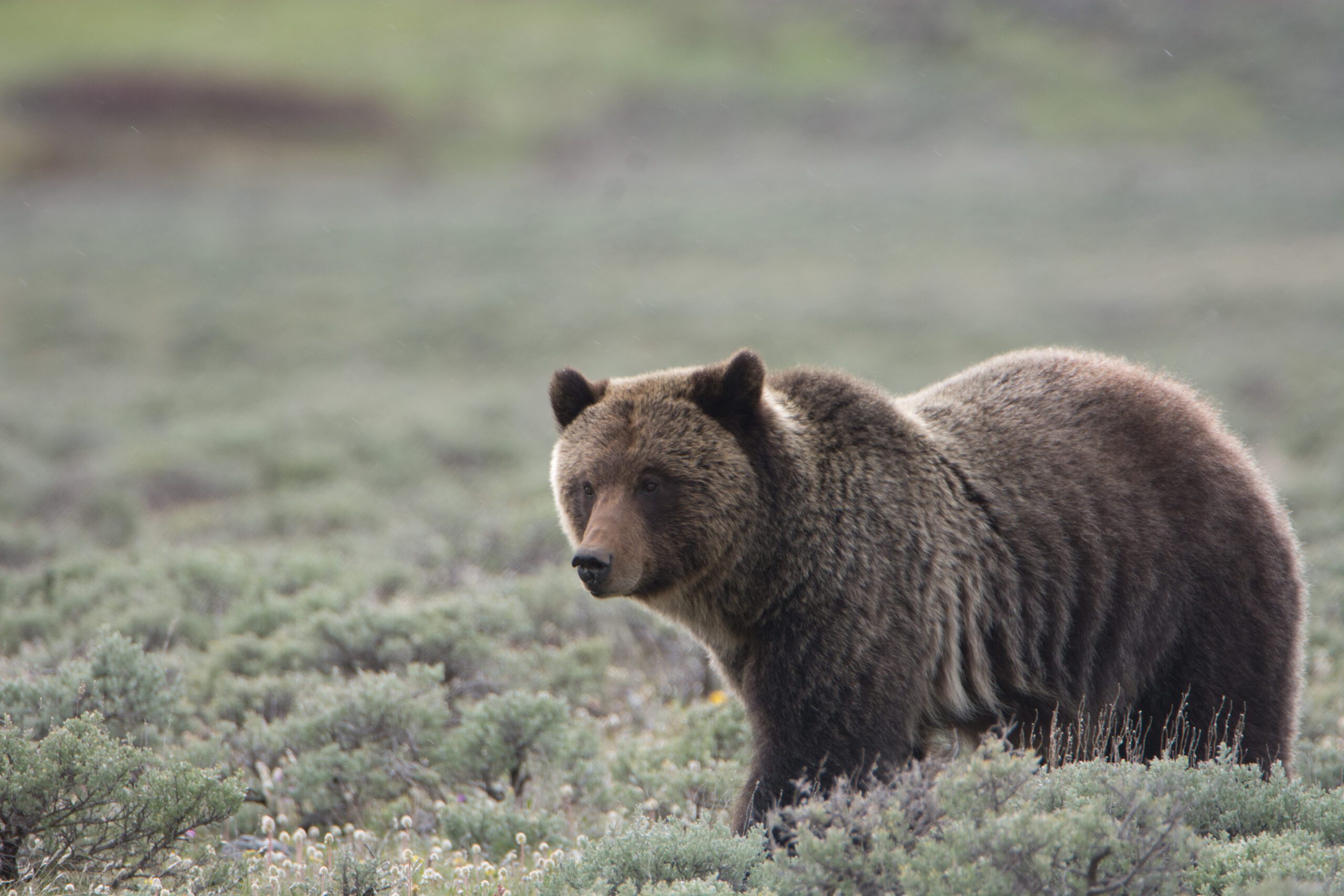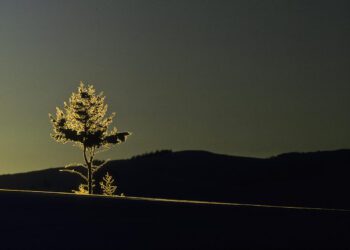A history of the Sheep Eater Indians in the Big Sky area
By Anne Marie Mistretta Explorebigsky.com Contributor
 They called themselves Tukudika, eaters of meat, and they likely spent summers in and around Big Sky.
They called themselves Tukudika, eaters of meat, and they likely spent summers in and around Big Sky.
Surely, the “Cut-tuh-o’gwa” (Shoshone for “swift water”), our Gallatin River, was a source of fish and plants for their diet. And just a few miles to the northwest, Sacajawea, the fabled Shoshone guide of the Lewis and Clark expedition, was kidnapped at the headwaters of the Missouri, near what is now Three Forks.
The Mountain Shoshone, also known as the Sheep Eaters, were one of the bands that made up the great Shoshone people, Numic speakers linguistically related and located in California and the Great Basin.
“Sheep Eater” references first appeared in the mid-19th century when U. S. Indian Affairs agents, not recognizing bands of Indians as users of multiple resources, devised a classification system that described them by what they appeared to be eating. Bighorn sheep certainly provided high protein meals, but archaeological evidence confirms Sheep Eater palates and menus, like all at the hunter/gatherer level, were much broader. They hunted 60 different mammals, caught six species of fish, and foraged for seasonal plant foods.
The Shoshone expanded their range to what is now Idaho, Montana and Wyoming, following resources, particularly water, over the course of the first thousand years or more AD. Archaeologists offer varying opinions on when the Shoshone expanded their southwestern range, but most believe that over a period of thousands of years small familial and social cohorts, called kin and cliques, adopted a seasonal culture that moved with the resources and angled northeastward. The Shoshone were definitely in the greater Gallatin Valley at least 100-200 years prior to European adventurers and American expansionists arrived.
Artifacts from the Folsom Period (dated 9,000 years ago) have been found in this region, and most Indian bands believe they are connected to the ancients. DNA and language evidence points toward the Shoshone of the 1800s as descents from this time.
By the late 1800s, disease, combative tribes, trappers and treaties had shrunk the Shoshone’s once expansive range, and their overlap increased with the Crow, Blackfeet, Pend d’Oreille, and Flathead (Salish) in warfare and diaspora.
The Tukudika, with their tremendous hunting prowess and mountaineering skills, found refuge in the territory in and around Yellowstone National Park. There, they embraced the traditional hunter/gatherer culture until the 1890s. Making their home in such rugged country likely caused them to shun horses, unlike other Shoshone, and instead use pack dogs. This type of resourcefulness allowed the Mountain Shoshone to evade enemies rather than aggressively resist them, particularly the Blackfeet, the Hidatsa and slave traders.
But this behavior, coupled with their lack of horses, caused white men in the 19th century to see the Sheep Eaters as pitiful, impoverished and cowering. That depiction was likely self-serving for administrators of Indian Affairs, and eventually the superintendents of the country’s first national park, which needed to be kept “safe from the Indians.”
This region in and around Yellowstone stood at a crossroads among various cultures, where Indians from the Plains, the Great Basin, and the salmon-rich territory in Idaho met to trade. The Tukudika could offer valuable animal skins, well-constructed clothing, and obsidian for projectile points.
Today, evidence of their passage remains in cairns, pottery, projectiles, flakes of stone, game capture structures like traps and drivelines, trails and a few burial sites. All of these “writings” help archaeologists better understand the Mountain Shoshone and other Indians who visited this area seasonally.
“We examine the ethnographic, historic, photographic and archaeological records and infer to compile a clearer picture,” says Scott Carpenter, archaeologist and president of InteResources Planning in Bozeman.
Pottery finds, for example, can tell more about Indian presence, but the archaeological record is often mixed, with components of various cultural groups sharing the same region over time. Steatite pots, carved from quarried talc (commonly known as soapstone) deposits, are attributed to the Shoshone. Steatite is found readily throughout the Greater Yellowstone Ecosystem; those quarries closest to this area are located near modern day Virginia City and Dillon. The heavy pots were often cached at occupation sites for future use, but some traveled with the Indians, making it possible that Madison or Beaverhead river valley talc quarries were the origin for pots excavated near the Yellowstone.
There are 20 sites in Park County with Shoshone ware and steatite, and burial sites at Yellowstone’s Fishing Bridge and at Mummy Cave in Wyoming, according to anthropologist Dr. Larry Lahren, founder of Anthro Research Inc. Archaeological evidence points to concentrated use of the Paradise and Madison valleys; however, very little is known about the archaeological record of Gallatin Canyon, Carpenter says. This is because very few, controlled archaeological excavation projects have been conducted. What we do know is that the narrowness of the canyon made it challenging for travel, which concentrated Indian occupation in a few small areas.
Although Big Sky and Gallatin Canyon haven’t yielded cultural materials like pottery, rock art or burial sites, a good deal of ‘lithic scatter’ has been found. These are stone tools and chips scattered on the surface of a site, and they constitute the most frequently found evidence of Indian presence in the area.
“The material culture that remains on most [archeological] sites is generally a fraction of what had been left behind due to deterioration and erosion, weather, later human disturbances and deposition by floods,” Carpenter explains.
Like modern campers, the Indians stayed serially at several places in the canyon. In the 1960s, archaeology student Lewis Napton found knives, scrapers, an awl, projectile points and flakes along the Gallatin River, near confluences with several creeks. Many of these areas were degraded by flooding and a 1953 upgrade of Highway 191.
Another heavily used camp existed on the west fork of the Gallatin near where the Conoco gas station sits today, but that site was destroyed by gold prospectors in the 1890s and then later development. Some of the material unearthed in these areas dates back to the Folsom Period.
Indians, including Tukudika, likely used Big Sky as a connector between the Paradise and Madison valleys to the east and the west. Plus, Carpenter says, “There were animals and plants here that were not seen elsewhere at certain points in the year, and the Indians were aware of that.”
The nearby Gallatin Crest was also a major Indian travel and hunting zone, extending from the Yellowstone area to the Gallatin and Paradise valleys. Archaeological finds along that “highway” route, much of which is above 8,000 feet, have been plentiful. Recent environmental impact studies done by the Gallatin National Forest in the Hyalite-Porcupine-Buffalo Horn Wilderness Study Area have noted many cultural and heritage sites there, and many modern trails follow historic and even prehistoric routes.
Some archaeologists point to wickiups as specific evidence of Shoshone presence. Assembled from poles and threaded with pine boughs, wickiups were conical structures used as sleeping quarters, war lodges and storage shelters. Although most have been destroyed by fire and the elements, several remain in southwest Montana. It’s difficult to prove, however, that they were built and used exclusively by the Shoshone or any other ethnic group. Perhaps they served various wayfarers, much like our forest cabins do today.
Likewise, the side-notched arrowheads most commonly found in the region are often attributed as Shoshone. But, Carpenter says, “There is evidence that other groups, including those from the Plains, the Great Basin and the Columbia Plateau developed the same form of arrowhead, and it could have arrived here through the trade routes or through independent development of the form.”
In the Paradise Valley, archaeologists have studied many sites extensively. One of the largest, set on the Yellowstone River, spans 9,000 years. Each level of the dig has divulged stone tools and materials (mainly obsidian and chert), projectile and lithic materials, and various hearth types. Some levels yielded beads. Fauna remnants allowed a better understanding of the diets of successive Indian groups. Dr. Lahren has postulated this site was occupied by a band of Shoshone around A.D. 1200.
“Assigning archaeological characteristics, especially projectile points, to define the location and assign time depth to historically known groups is risky, especially the farther one goes back in time,” Lahren says. But beads of steatite, mussel shell, iconic projectile points and other “Shoshone” materials found at this particular site support his bold designation. Nearby, a bison kill with Shoshone weapons also dates back to 1200. And, he says, it’s on the same trail that Sacajawea showed Clark.
Further analysis of the diet would indicate that “buffalo eaters [kukundika]” lived there rather than “sheep eaters,” says Dr. Lahren in his book Homeland, repeating the findings of an archaeologist on site and thus proving that Shoshones were much more than “sheep eaters.”
So, were the Tukudika in Big Sky? It’s possible. In fact, it’s likely that bands of Mountain Shoshone were among many Indians that used the Big Sky area at some time during the past 10,000 or more years. Strong archaeological evidence shows that the Indians before us understood the interconnectedness of this ecosystem and landscape—a lesson we could learn today. We often gaze up at the beautiful ridgelines here in Big Sky. There’s strong evidence that the early inhabitants also enjoyed the beauty long before us.
Numic
Numic is a branch of Uto-Azetecan language that spread from the northwest to the southeast and into Central America. Variations of Numic are spoken by Comanche, Shoshone, Ute and Paiute, among other bands.
Artifacts
Marcia Pablo, an archaeologist with the Gallatin National Forest Heritage Program, stresses that all cultural sites and artifacts within U.S. Forest Service and other federal lands are protected from unauthorized collecting by federal law. If artifacts and sites are found, it’s best to note the location, take a photograph, a GPS reading if possible, and inform a Gallatin National Forest archaeologist.
Author Anne Marie Mistretta is co-authoring a Big Sky history book that will be published next fall.
This story was originally published in the Summer 2012 edition of Mountain Outlaw magazine. Read more here.
Sources
“The Sheepeater Myth of Northwestern Wyoming,” by Susan S. Hughes, (nps.gov/yell/naturescience/upload/part1.pdf)
Homeland, by Larry Lahren, Ph.D.
Mountain Spirit, by Lawrence L. Loendorf and Nancy Medaris Stone
Canyon and Valley: Preliminary Archaeological Survey in the Gallatin Area, unpublished master’s thesis by Lewis Kyle Napton
headwatersnews.org, Bob Ekey, April 2007












